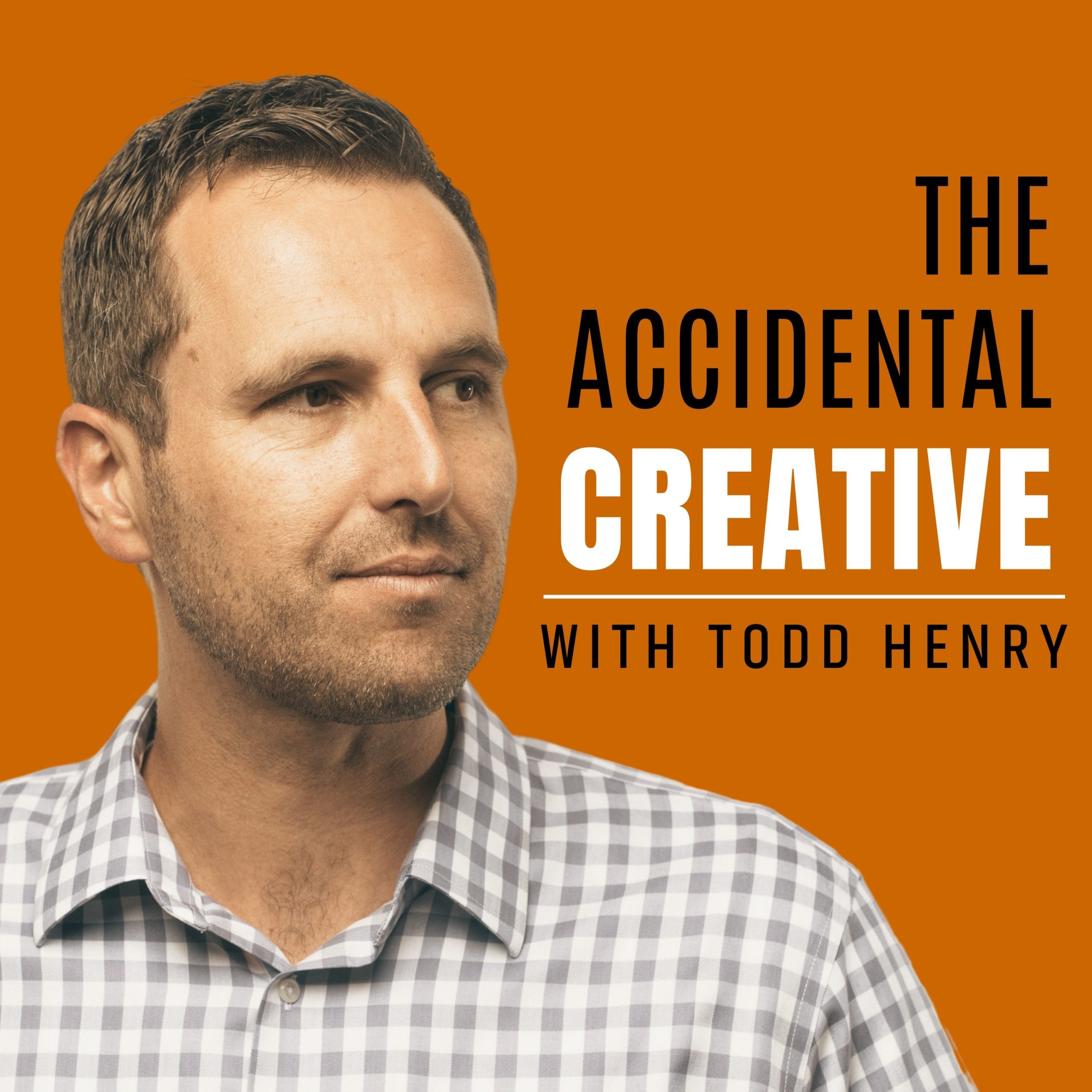
There’s something that’s been eating at me lately and I’m trying to work my way to the bottom of it. There’s a lot of buzz within organizations that perceive themselves as creative-friendly about fostering a “safe environment” for ideas to flourish. I agree, and I’m all for allowing for safe places and not pre-maturely judging concepts, but there’s a sinister downside to all of this buzz about safety.
The reality is that great creating requires risk, and a part of that risk is the fear of not getting it right. When we become obsessed with safety, we can run the risk of smoothing over our hard edges and creating a workplace where everyone gravitates toward mediocrity. A place where there are no bad ideas. A place where we inadvertantly become less creative via the very systems that are supposed to free us up.
Call me crazy, but I think it’s a good thing if in the back of someone’s mind is the possibility of losing their job if they drop the ball in a significant way. I think it’s a good thing if there’s just a tinge of fire under someone’s pants as they are driving toward a deadline. This is not to say that these things will ever come about, but when we create an environment that embraces mediocrity because everyone subsconsciously realizes it’s in their short-term best interest, we’re eating away at our very soul.
There’s a principle called the “safety matrix” I’m working on. It embraces that there is a certain amount of safety required for great creating, but a certain amount of danger required for great productivity. After all, ideas are nothing without implementation.
As I’ve often said – safety is not an option. Eventually, all creating requires risk – be it organizational or personal.
Just my 2 cents…what are your thoughts?



Saw this quote posted on FB today: “The absence of limitations is the enemy of art.” – Orson Welles, and it got me to thinking about similar concepts to what you’re bringing up here. I think for me, as a creative, I do worse with NO limitations and NO risk/danger. I’ve dubbed it the “Freefall Effect”. I am NOT my creative best when absolutely nothing is in my way. Rarely does the path of least resistance lead me to areas of great creative adventure and discovery. If left to creative free fall, my work tends to be a little lifeless and flat, compared to pieces that I struggled with in some form…whether in interpretation from idea to end product, or via deadline or client approval or technical challenge. Even though all of these things, in concentrated doses, can be a deterrent to creativity, I’m starting to believe that in balance a negative of sorts actually brings the true depth of creative process to the forefront, giving the project vibrance and energy and life. The trick is to take those challenges and incorporate them into the creative process…using them as fuel to take you to greater heights. Some of the most difficult projects to execute have been the ones most emotionally charged for people when they view the finished piece. As if it inherently carries with it an invitation for the spectator to engage in the grit of struggle, and connect with the heart of the artist. To me, that is when we are at our most authentic place as artists…when we leave it all on the canvas…danger, conflict, resistance, uncertainty…it’s the birthplace for true beauty.
Good provocative though, and I agree with much of it. BUT … some people actually strive harder towards goals if the environment is non-threatening. I guess it all depends on the person.
Agree that it often depends on the person, Jeremy. The challenge is when an environment gets stagnant and too comfortable. That’s not the case with most organizations – quite the opposite – but I’ve seen it, and it can be destructive to morale and energy. Thanks for your thoughts!
Fire Helps! I am an Industrial Design Consultant. I know many designers that will always try to push a meeting or delay a presentation to keep searching for the BEST idea. To me this is dangerous behavior. Sometimes a brilliant idea will come to me on the way to a meeting and a napkin sketch will immediately be more relevant than my stack of shinny CAD renderings. The stress of the moment can help inspire BETTER ideas than a blue sky vacuum chamber full of fancy illustrations with grandiose intentions. Given 10 million dollars and 5 years I could design a really great chair. But given $15k and 3 weeks I can still design a damm good chair that meets a styling goal, meets marketing requirements, meets a manufacturing constraint, and is COOL. But most importantly this chair is ready to be produced, and can start earning a revenue for the client. Knowing what your budget is in time and $$ is will automatically dismiss some creative thought before it ever hits paper. This might not be ok for Apple or Pixar, but in my world time is money. My creative efforts are directly related to time to market, and cost to manufacture. So how much risk can I take every day? The answer is: As much as I can afford. I will take the client on a journey to explore the depths of insanity and back again to mediocrity. But only if they want to travel this way.
Cool ideas.. Cool site. Best of all the message is awesome… safety isn’t safe. ;)
Yes yes yes! Safety is not an option.